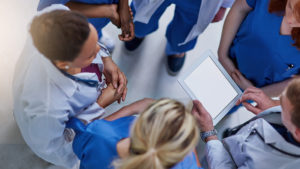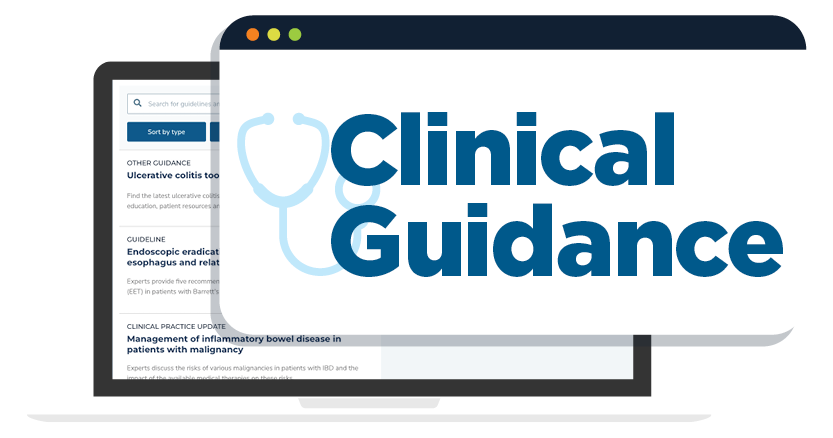1. Endoscopists should ensure that upper endoscopy is being performed for an appropriate indication and that informed consent clearly explaining the risks, benefits, alternatives, sedation plan, and potential diagnostic and therapeutic interventions is obtained. These elements should be documented by the endoscopist before the procedure.
2. Endoscopists should ensure that adequate visualization of the upper gastrointestinal mucosa, using mucosal cleansing and insufflation as necessary, is achieved and documented.
3. A high-definition white-light endoscopy system should be used for upper endoscopy instead of a standard-definition white-light endoscopy system whenever possible. The endoscope used for the procedure should be documented in the procedure note.
4. Image enhancement technologies should be used during the upper endoscopic examination to improve the diagnostic yield for preneoplasia and neoplasia. Suspicious areas should be clearly described, photodocumented, and biopsied separately.
5. Endoscopists should spend sufficient time carefully inspecting the foregut mucosa in an anterograde and retroflexed view to improve the detection and characterization of abnormalities.
6. Endoscopists should document any abnormalities noted on upper endoscopy using established classifications and standard terminology whenever possible.
7. Endoscopists should perform biopsies for the evaluation and management of foregut conditions using standardized biopsy protocols.
8. Endoscopists should provide patients with management recommendations based on the specific endoscopic findings (eg, peptic ulcer disease, erosive esophagitis), and this should be documented in the medical record. If recommendations are contingent upon histopathology results (eg, H. pylori infection, Barrett’s esophagus), then endoscopists should document that appropriate guidance will be provided after results are available.
9. Endoscopists should document whether subsequent surveillance endoscopy is indicated and, if so, provide appropriate surveillance intervals. If the determination of surveillance is contingent on histopathology results, then endoscopists should document that surveillance intervals will be suggested after results are available.












